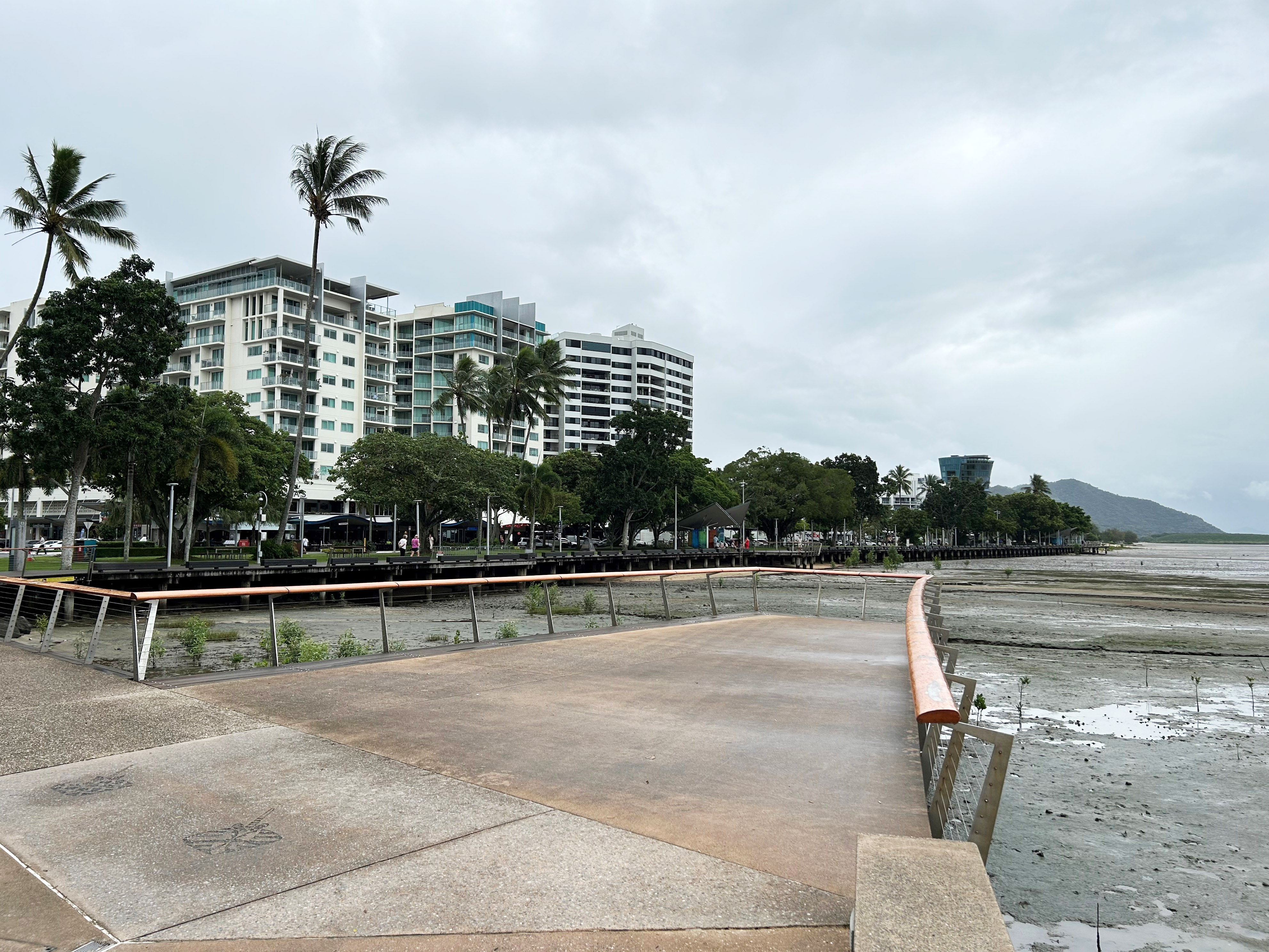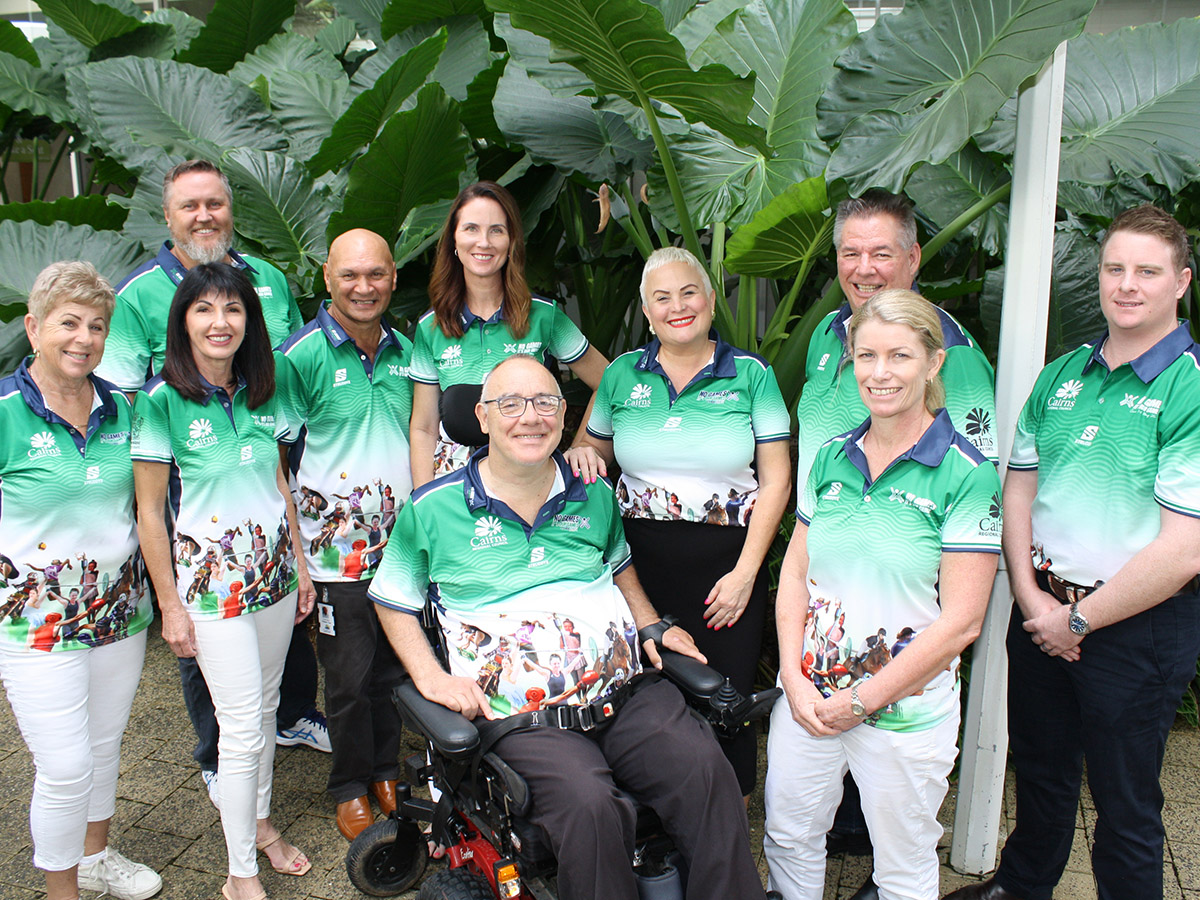Recovery status
Recovery activities fall under the four core recovery pillars: Economic, Environment, Human & Social, and Infrastructure.
Economic
The event had an immediate economic impact with business unable to trade, job losses, transport networks closed, and the tourism industry reeling from cancellations.
The short-term focus has been on providing support to mitigate the immediate economic impacts from the disaster. This includes informing the development and deployment of various funding and ancillary packages from all three levels of government to support business and industry sector recovery.
- Council is offering financial assistance to those ratepayers who have been severely impacted by the event. Ratepayers can request extended interest-free repayment arrangements for their outstanding and upcoming rates notices.
- Council will also ensure that impacted ratepayers are not charged for any excess water above their average usage.
- State and Federal governments are also offering financial assistance to those affected by the floods.
An independent economic assessment of the impacts of the disaster has will inform medium to long term economic recovery and resilience planning.
Environment
Environmental impacts on Council land predominantly on beachfronts (sand erosion) need to be addressed in the medium to long term. Assessments of damage to significant, high value vegetation, waterways and protected areas continue but indicators so far, are that significant damages were localised.
Some areas will naturally recover. Environmental damages such as pest infestation spread will be unknown until germination occurs or populations grow to detectable levels.
The weather event contributed to the erosion of sand from sections of the northern beaches resulting in the loss of vegetation and damage to roads, paths, retaining walls and public amenities.
Council’s priority is to fix public infrastructure and the built environment to ensure public safety and amenity is returned as soon as possible.
Over the next 12 months, the sand deposits washed out to sea have every possibility of replenishing the eroded sections of the beaches naturally.
Council will survey the coastline to get a better understanding of where the sand that discharged from the rivers naturally deposits through the winter months and into next summer.
Residents are reminded to heed warnings and not to enter areas barricaded due to erosion.
Human and Social
While the human social impact cannot be truly measured in dollars, significant finds have contributed to provide Recovery Hubs, social and financial support, clean ups and basic services such as emergency power, food and water to affected communities.
Even prior to Cyclone Jasper our community was facing significant cost of living pressures with the rising costs of mortgage repayments, rent, insurance, and day to day essentials all impacting household budgets and business profitability.
The Community Recovery Hub at Tjapukai Aboriginal Cultural Park closed on Friday 9 February 2024. People can still access the help they need at Community Centres and/or via contacting Centacare.
Council continues to provide support to residents at Kamerunga Villas and community led hubs at Machans and Holloways Beach. Councillors and Executive Managers have attended community meetings at Yorkeys Knob, Holloways Beach and Machans Beach.
The pillar’s current focus is on facilitating development of a rapid social needs assessment to identify the effects and ongoing recovery needs in the community. This process includes a range of inputs, such as continuing community consultation via a public online survey and targeted focus group involving key human and health services.
Whilst the full extent of the human and social impact is still being determined, it is evident that the most recent event has compounded pre-existing challenges and there remains a significant degree of vulnerability including emotional stress in the most affected areas. Council continues to work closely with the community sector to support the service responses and provision of essential assistance for impacted communities.
Infrastructure
Significant impacts on infrastructure needs to be addressed in the medium to long term. Council has begun undertaking detailed assessments of damaged infrastructure and areas to prioritise works and ensure inclusion in our future works program.
Critical Bureau of Meteorology flood warning assets have been returned to service.
Hard waste collection was completed on Friday 19 January 2024 with case-by-case assessments in flood affected areas throughout early February.
Council will offer to collect flood-impacted vehicles where they are surrendered by owners.
Priority works include Barron Gorge Road, Casuarina Street reconstruction options, Fisheries Bridge reconstruction, Lake Morris Road, Savannah Street (Palm Cove) drainage reconstruction and numerous culvert and drainage structure projects.
A recent addition to the priority works list is the principal cycleway network bridge crossing the Barron River at Caravonica, restoration of surf lifesaving huts at Kewarra, Machans and Yorkey’s Knob, and installation of a temporary pedestrian bridge at Fisheries Bridge, Goldsborough.
Last Updated: 27 March 2024
Latest News > All News
Maintenance works on Esplanade viewing platform
Maintenance works on the western viewing platform on the Cairns Esplanade, behind the Reef Eye Ferris Wheel are scheduled to...
Council reaffirms water security is its top priority
Council has reaffirmed that the Cairns Water Security – Stage 1 project (CWSS1) remains its number one advocacy priority and...
Council commits support for Cairns Amateurs
Council has endorsed the transfer of $225,000 in sponsorship to the Cairns Jockey Club Inc to help deliver the next...


